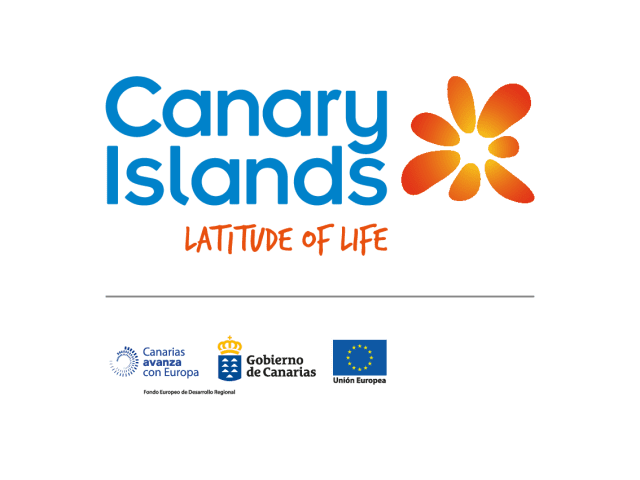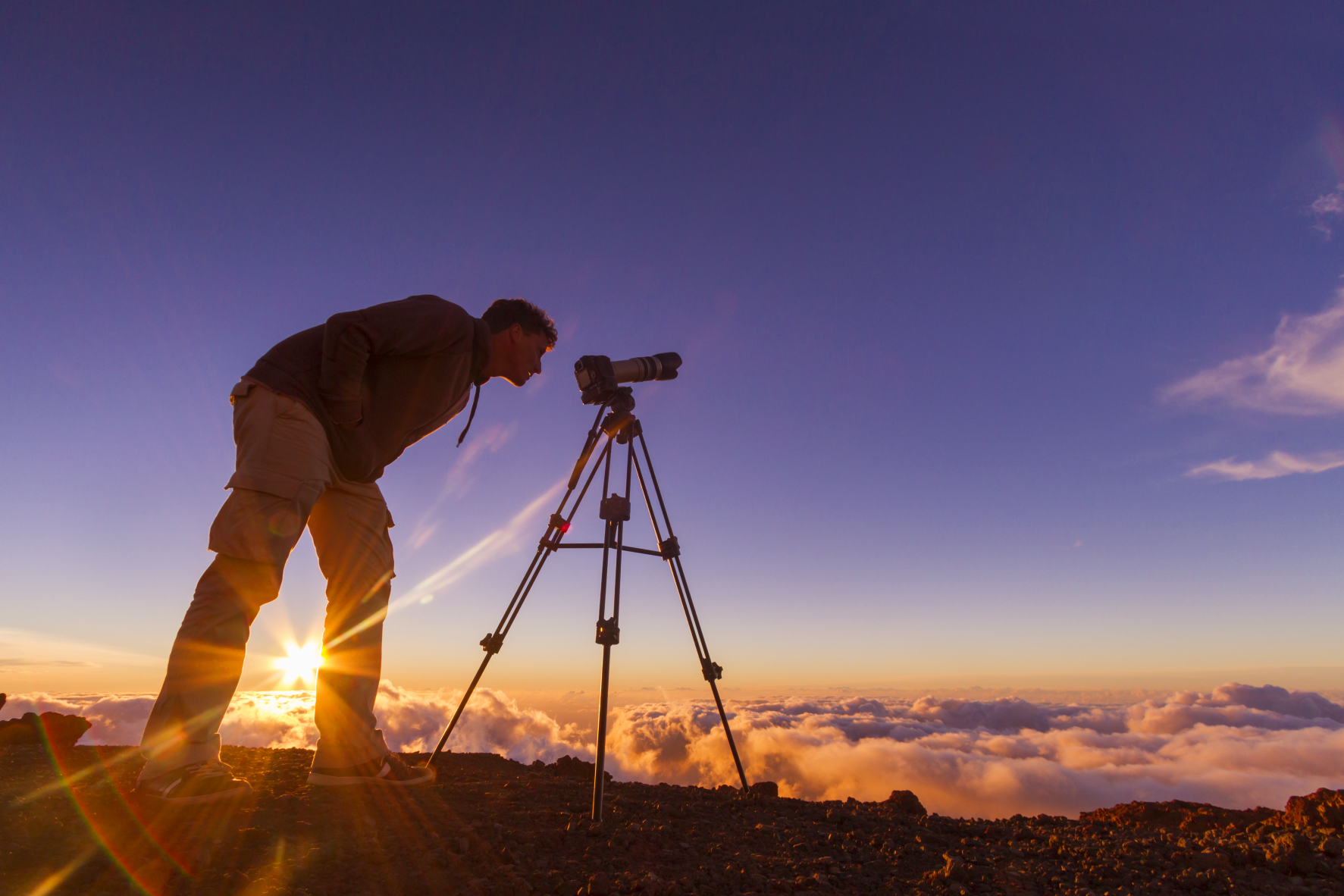The Canary Islands are known for being the sunshine centre of Europe, offering mild temperatures of 22 degrees centigrade, nine to ten hours of daily sunshine and a variety of stunning natural attractions. If you are planning a trip to the Canary Islands, take a look at the target destinations and top 10 recommended things to do on your holiday this autumn.
Whale Watch and Dive – El Hierro
El Hierro is the smallest of the Canary Islands, a true Atlantic treasure with pure air, lava rock pools and bays, pine trees, laurel, and ancient junipers only to be found in 7 other places in the world. El Hierro features a marine reserve full of steep drop-offs of 300 meters, shelves, sandy platforms, and caves. It is one of the world’s dream diving sites with more than ten top-class spots, full of volcanic features and marine life.
El Hierro is also the perfect place for whale spotting, as different species can be seen all year round. The Canary Islands have become a must-visit place in Europe for people who wish to spot dolphins and whales. To top it all off, El Hierro is a model of sustainable tourism and fishing and a world-renowned clean energy lab that gets almost 50% of its energy from renewable resources.
Trek Through Some of the Oldest Forests in the World – La Gomera
La Gomera is a natural paradise with palm-filled valleys, deep ravines, black sand beaches with crystal-clear waters, and ancient forests refreshed with gorgeous streams. This wonderful island is home to species that have disappeared everywhere else in the world.
La Gomera is the perfect place for hiking, with a network of over 600 kilometres of trails. The island was awarded the World Biosphere Reserve status in 2011, in the excellent category, due to the pristine nature of its marine and terrestrial ecosystems. The forests of the Garajonay Natural Park are a green mass of prehistoric vegetation that only survives in La Gomera due to its exceptional temperate climate. Enjoy a walk through the forests or take a guided tour with local experts.
Take a Surf or Kitesurf Course – Fuerteventura
Fuerteventura is well-known for its 150km of white sand beaches and emerald-green waters, a paradise bathed in sunshine, perfect for relaxing and water sports. While the North of the island offers world-class breaks for surfing and less demanding spots for learners, the South is swept by winds all year round, which, together with flat seas, offer some of the world’s best conditions for kite and windsurfing.
Taste Volcanic Wine – All Islands
Due to the volcanic nature of the soils and almost desert-like climate, the Canary Islands have become an exceptional wine-producing region. The soil’s ash coating retains moisture, protects buried soils from erosion, inhibits evaporation, and traps solar input.
White wines are predominant in the Canaries and are often opulent and full, sometimes with a citric precision. The red wines of the Canary Islands often have a Burgundian heft of pepper and complex darkness—leather, mocha, black fruit, caramel, and even diesel. Some reds are eye-opening for their beautiful smoky dark power. The archipelago is home to several wineries offering wine tastes and visits, the perfect addition to your holiday to the Canary Islands.
Stargaze at a World-Class Observatory – La Palma
The sky of La Palma is one of the best places in the world for astronomy. At 2.396m above sea level, the Roque de Los Muchachos Observatory, La Palma, is and is home to one of the most extensive fleets of telescopes to be found anywhere in the world. It offers a breath-taking view of a giant volcanic crater covered in trees and volcanic rocks in unique formations. The observatory organizes visits with stargazing tours available. The La Palma Astronomy Tours include a ‘Tapas and Stars’ experience for visitors, combining tapas with a glass of red and/or white local wine and an introduction to astronomy and the orientation of the sky through constellations and explanations with specialized guides.
Eat at a Michelin-Starred Restaurant – Tenerife
The stars in the Canary Islands are not just in the sky: Tenerife has six Michelin stars spread between five restaurants. The celebrated Basque chef, Martín Berasategui’s M.B., sits in the Ritz Carlton Abama Hotel, Tenerife, and has two Michelin stars. It is renowned for its interpretation of Spanish cuisine, with inspiration from the Basque Country and selection of local ingredients. Another star holder, Rincón de Juan Carlos, offers a choice of à la carte or tasting menus, with an emphasis on seafood and seasonal island-sourced market produce.
Enjoy an Aloe Vera Wellness Spa Treatment – Tenerife
The well-known spa centres in the Canary Islands make full use of all the natural resources provided by the archipelago’s environment to offer treatments such as thalassotherapy, geotherapy, wine therapy, or aloe therapy. The latter use Canarian aloe vera, famous for its quality and properties.
The spa located in Iberostar Grand Mencey, Santa Cruz de Tenerife, has an array of spectacular facilities to make for a relaxing getaway, from a dynamic heated pool with bubble beds to whirlpool sections and aqua-massage swan necks saunas, a foot spa, and a steam room.
Get to the Top of the Teide Volcano – Tenerife
Mount Teide, Tenerife, is the third highest volcano in the world after Mauna Loa and Mauna Kea located in Hawaii. It is the most visited natural park in Europe and the 8th most visited in the world, as well as the highest peak in Spain. Visitors can take a cable car to get 500 meters from the summit where they can enjoy breath-taking views of the whole archipelago.
Climbing Mount Teide is also one of the top things to do in the Canary Islands. Smelling the sulphur emitted from volcanic fumaroles is truly a unique life experience. A bar and restaurant area with a hotel and refuge is located only 3.270 meters away. The highest peak in Spain has been a World Heritage Site since 2007. Visitors can enjoy the native flora and fauna of this geological treasure but are encouraged not to stray from the marked paths, and not take stones as a souvenir of the National Park, to avoid contributing to ecological damage.
Sunbath at Maspalomas Beach – Gran Canaria
Wind-sculpted dunes, golden sand, and the beautiful blue ocean will make you fall in love with Maspalomas beach, one of the best-loved beaches in the Canary Islands. This is also the perfect location for sunbathing and long walks along the shore.
Maspalomas stretches 3.5km along the Gran Canarian coast, from the stunning lighthouse to La Punta, the most Southern point of the island. The beach then transforms into Playa del Inglés, another 4km of the finest sand in the East. The stretch is divided into ten sectors, including nudist areas. Each sector has a kiosk, which consists of a bar, toilet facilities, and lifeguards.
The dunes of Maspalomas also provide the perfect spot to watch the beautiful sunset each night. Another hot spot is the first set of dunes by the Charco de Maspalomas lagoon – this is a must-see on your trip to Gran Canaria.
Visit the Architectural Legacy of César Manrique – Lanzarote
César Manrique was an artist, architect, and environmental activist from Lanzarote. Manrique knew how to envision and transform Jameos del Agua, which used to be debris of a volcanic tube, into a unique leisure-dome with terraces among the rock face, plants, and a natural auditorium sloping down into the earth.
Mirador del Rio is located at the top of the Risco cliff, hidden beneath the rock and barely visible from the outside. Large windows and exterior balconies provide an incredible, awe-provoking view of Lanzarote. Here, visitors can see traditional ceramics and a range of sculptures and cupolas.
For more information please visit www.hellocanaryislands.com
ENDS
For more information on the Canary Islands, please contact Raluca Andronic raluca@travelmedia.ie


